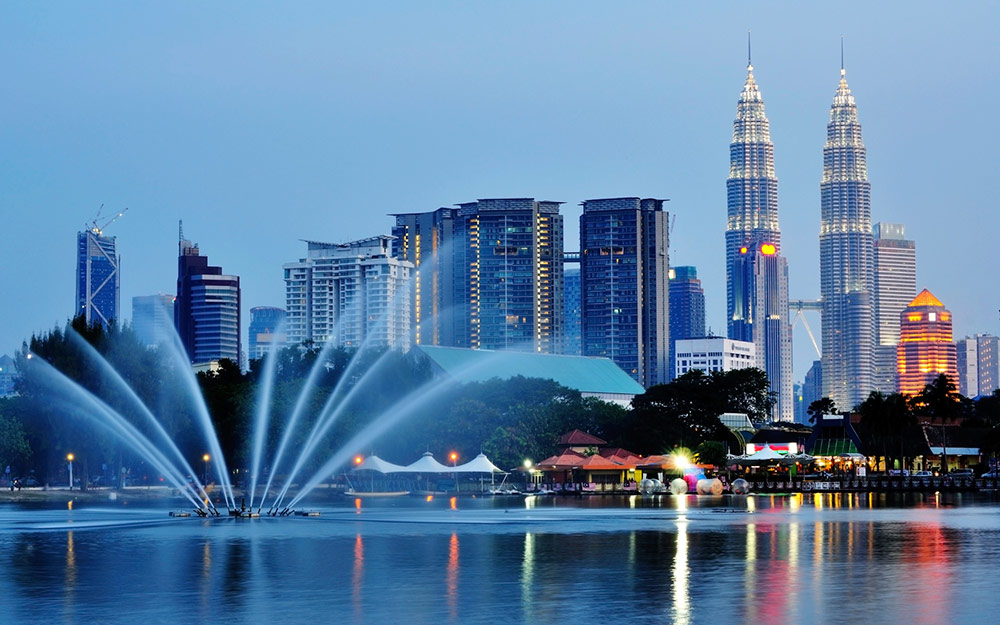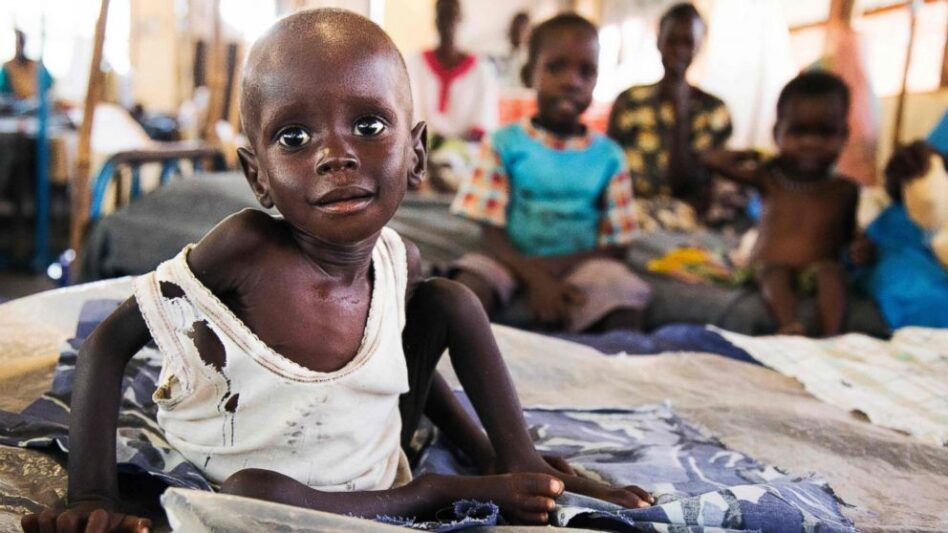CREDIT buffers among Asia-Pacific (APAC) sovereigns to withstand risks from high commodity prices are generally strong but have been eroded during COVID-19.
The impact of energy-market turmoil following the Russia/Ukraine conflict differs significantly per sovereign but on the whole is likely to be a headwind for the region, according to Fitch Ratings.
“Risks are most pronounced in ‘frontier markets’ such as Sri Lanka and Pakistan which already face challenging external and fiscal conditions,” the international rating agency pointed out in a non-rating action commentary.
“Most APAC sovereigns are net energy importers except Mongolia, Australia and Malaysia, implying downside external risks. Relatively strong external positions with current account surpluses or modest deficits – in part from weak economic activity – provide a buffer for much of the region.”
APAC economic recoveries were set to firm up in 2022 but commodity prices are a growing risk in light of reduced global demand faced by the region’s more export-oriented economies and with most sovereigns being positions as net energy importers.
“Rising commodity prices will push up inflation across the region, yet APAC has generally been more subdued than in much of the rest of the world,” opined Fitch Ratings.
“Monetary policy tightening may be brought forward, especially if commodity-price moves were to speed up US Fed tightening, but we generally expect tightening in APAC to be relatively more gradual compared with elsewhere.”
The extent of inflation pass-through from commodity prices depends in part on to what extent policymakers subsidise higher prices, according to Fitch Ratings.
“Rising subsidies will add to post-pandemic fiscal consolidation risks, in the context of fiscal deficits and debt which are already high in many sovereigns,” opined the international rating agency.
“Tensions have contributed to a rise in global risk aversion. This could make financing conditions in APAC more challenging, particularly in emerging markets reliant on external flows.” – March 14, 2022









